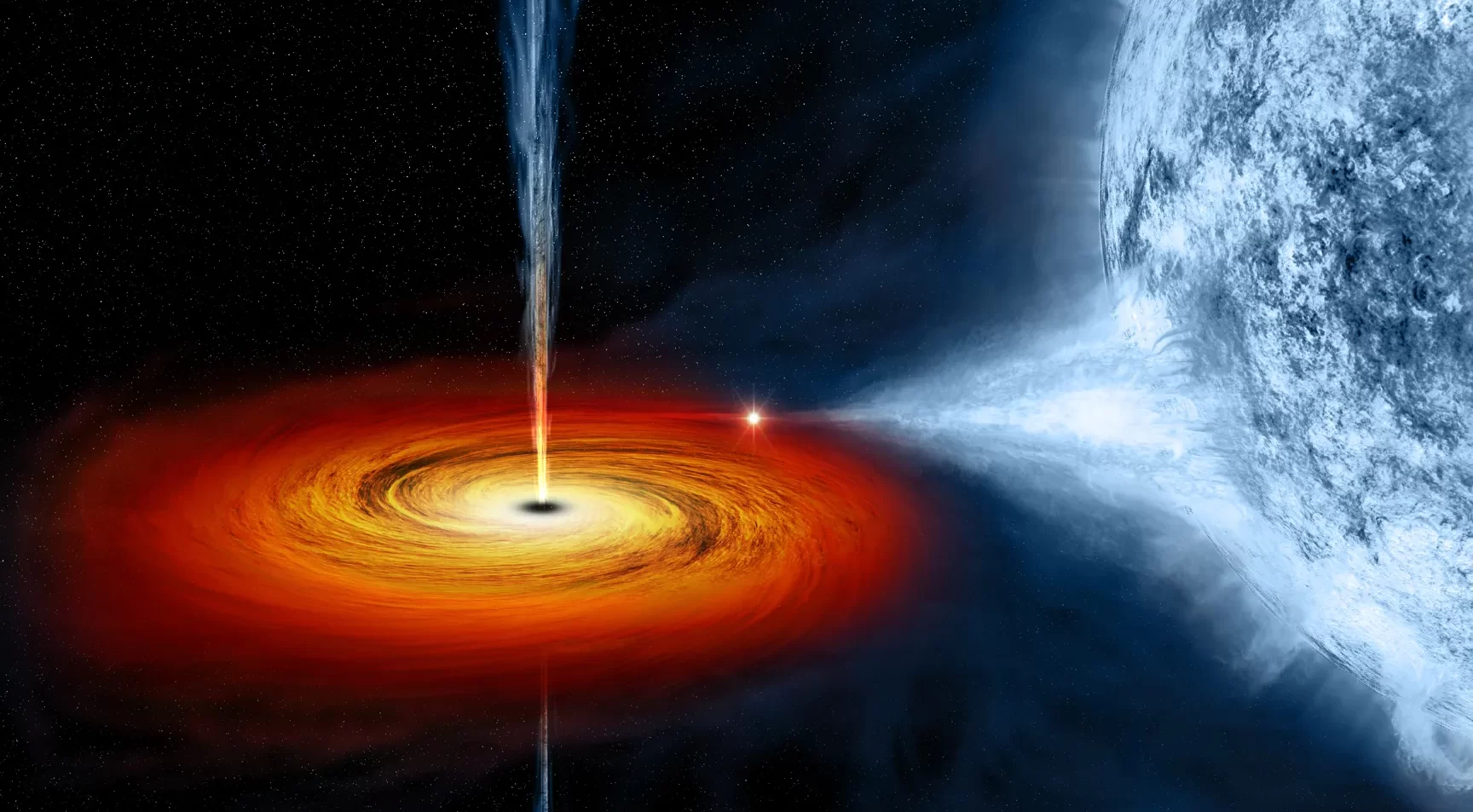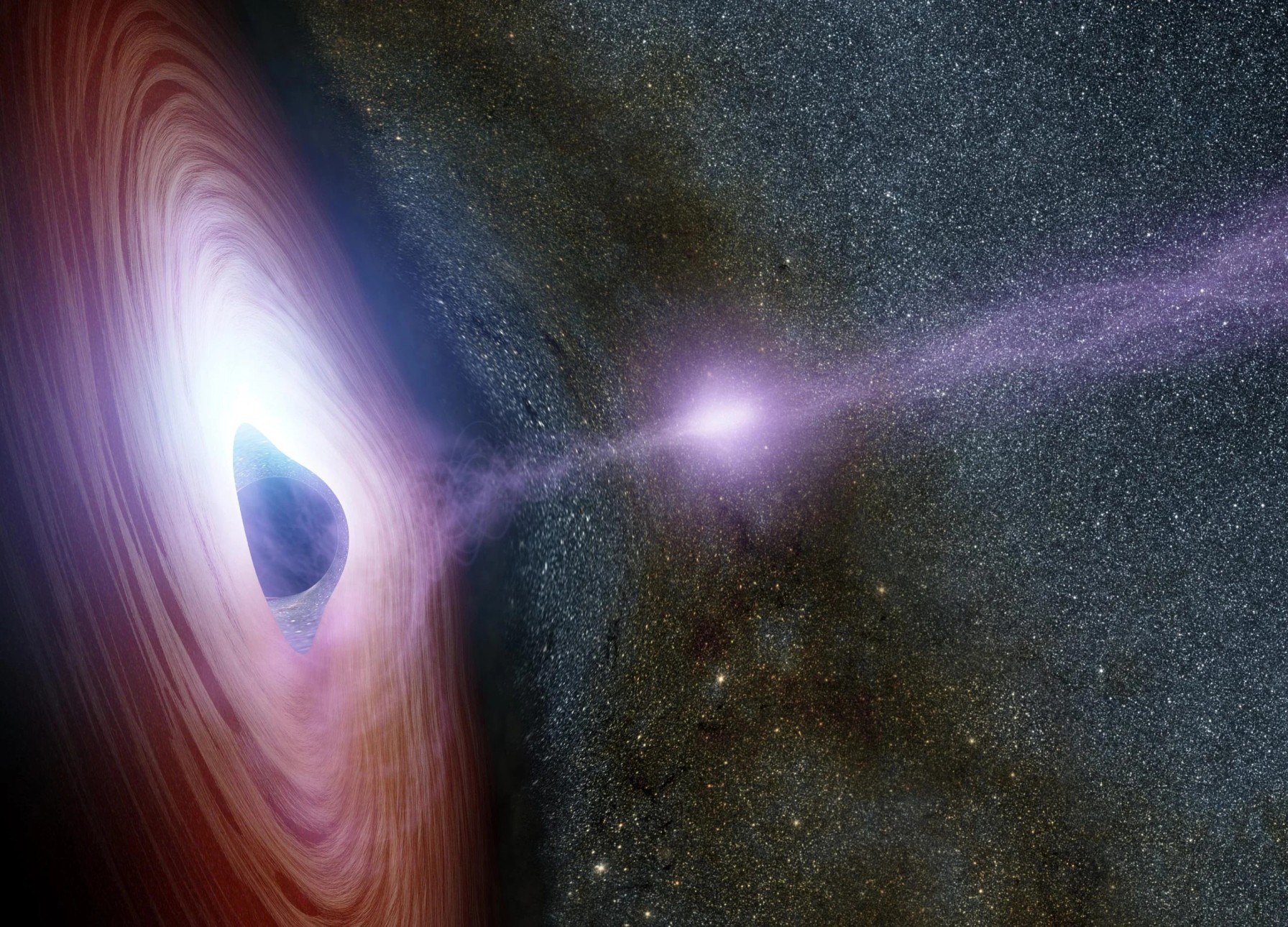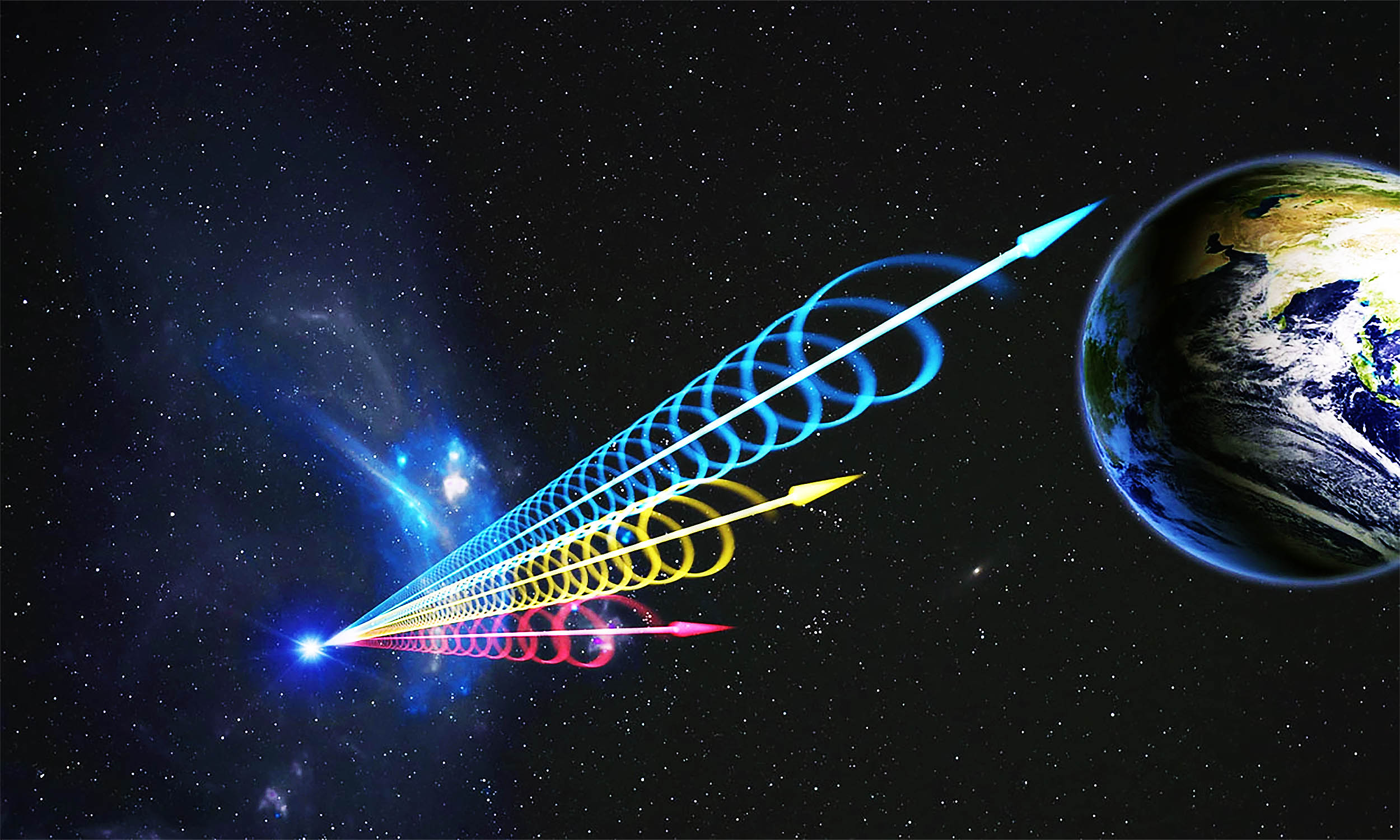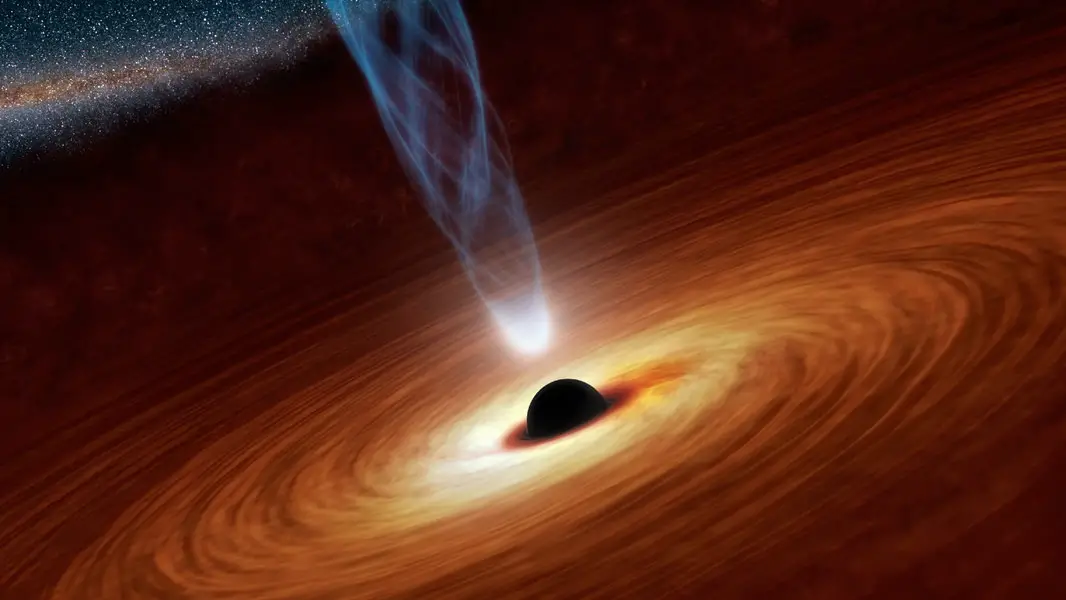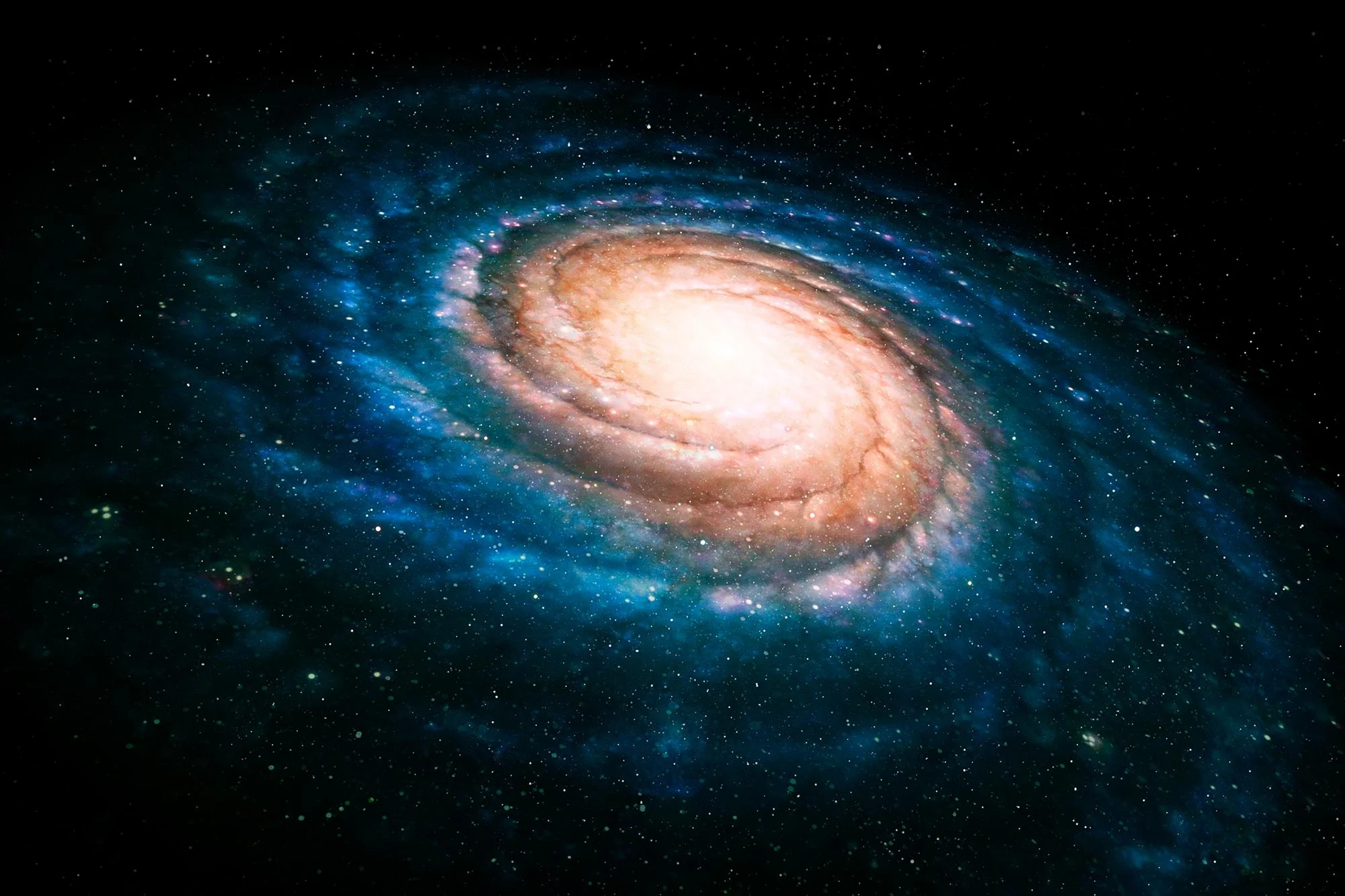Gaia’s latest data mapped over a billion stars, unlocking secrets of the Milky Way and beyond.
Key Takeaways
- The second Gaia data release provided astronomers with an unprecedented view of over a billion stars.
- Scientists have already used the data to uncover high-speed stars, ancient black holes, and white dwarf mergers.
- A white dwarf, likely ejected by a supernova, is racing through the Milky Way at 5 million mph.
- Astronomers discovered a 12-billion-year-old black hole that devours a Sun’s worth of matter every two days.
- Nearly 14,000 white dwarfs were identified within 326 light-years, hinting at widespread stellar mergers.
______
A Billion Stars and a Wealth of Insights
The European Space Agency (ESA) released the second dataset from its Gaia satellite, one of the most comprehensive astronomical surveys ever conducted. Gaia has measured the positions, motions, colors, and brightness of over a billion stars, providing researchers with an extraordinary amount of data. Within weeks, astronomers began uncovering significant findings, including runaway stars, a rapidly growing black hole, and thousands of white dwarfs in our cosmic neighborhood.
A Supernova Survivor and a Record-Breaking Black Hole
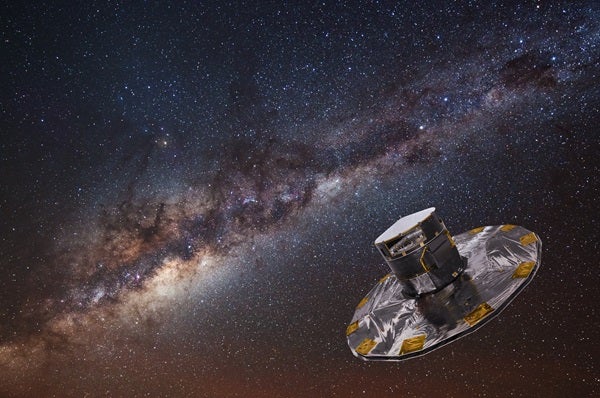
One of the most exciting discoveries was a white dwarf hurtling through the Milky Way at 5 million mph (8 million km/h). Researchers believe it was once part of a binary system until its companion exploded as a Type Ia supernova, blasting it away at hypervelocity. Gaia’s precise motion tracking allowed scientists to trace its origin back to an ancient supernova remnant.
Beyond the Milky Way, Gaia’s data also led to the identification of the fastest-growing black hole ever found. This supermassive black hole, estimated to weigh 20 billion solar masses, is consuming about a Sun’s worth of material every two days. If it were in our galaxy, it would outshine the entire night sky. However, its extreme brightness is seen from 12 billion years in the past, meaning it existed in the early universe.
White Dwarfs and Future Prospects
Closer to home, astronomers identified 13,928 white dwarfs within 326 light-years (100 parsecs) of Earth, dramatically increasing the number of known nearby white dwarfs. The data suggests that many of these remnants formed through stellar mergers, shedding light on the life cycles of stars. Since merging white dwarfs can trigger Type Ia supernovae, studying them is essential for understanding cosmic explosions.
Gaia’s second data release has already transformed our understanding of the universe, but even more discoveries lie ahead. In late 2020, ESA plans to release a third dataset with even more precise measurements, including details on solar system objects and galactic movements. Until then, astronomers will continue mining the current data, with countless more revelations expected in the coming years.
